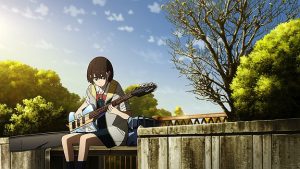 Sora no Aosa wo Shiru Hito yo represents the third in what I can only call the Chichibu Trilogy. That would be Ano Hi Mita Hana no Namae wo Bokutachi wa Mada Shiranai. of course, followed by Kokoro ga Sakebitagatterunda. and now this one (why they dropped the period I don’t know). They all represent the fruitful partnership of Okada Mari and director Nagai Tatsuyuki, along with A-1 Pictures (Her Blue Sky is listed under their offshoot CloverWorks). Given that Okada is from Chichibu it’s not surprising she’d choose it as a geographic muse, and the town has certainly cashed in on that as an anime pilgrimage destination.
Sora no Aosa wo Shiru Hito yo represents the third in what I can only call the Chichibu Trilogy. That would be Ano Hi Mita Hana no Namae wo Bokutachi wa Mada Shiranai. of course, followed by Kokoro ga Sakebitagatterunda. and now this one (why they dropped the period I don’t know). They all represent the fruitful partnership of Okada Mari and director Nagai Tatsuyuki, along with A-1 Pictures (Her Blue Sky is listed under their offshoot CloverWorks). Given that Okada is from Chichibu it’s not surprising she’d choose it as a geographic muse, and the town has certainly cashed in on that as an anime pilgrimage destination.
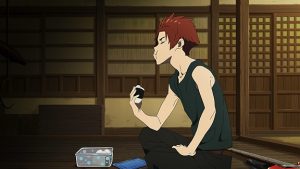 About 95% of that tourism is connected to AnoHana, and there’s a reason for that – it’s clearly the best of the three stories. That said, Anthem of the Heart is excellent too – it’s just that AnoHana is a legend, and justifiably so. Kokoro ga Sakebitagatterunda. was connected to the AnoHana universe at least tangentially, but if that’s the case with Sora no Aosa I didn’t spot it. There were no cameos that I saw (though one character had me thinking he was Poppo for a second) and no references to the mythology.
About 95% of that tourism is connected to AnoHana, and there’s a reason for that – it’s clearly the best of the three stories. That said, Anthem of the Heart is excellent too – it’s just that AnoHana is a legend, and justifiably so. Kokoro ga Sakebitagatterunda. was connected to the AnoHana universe at least tangentially, but if that’s the case with Sora no Aosa I didn’t spot it. There were no cameos that I saw (though one character had me thinking he was Poppo for a second) and no references to the mythology.
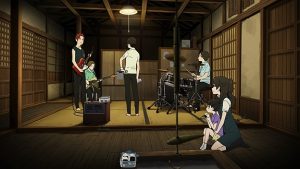 The old Wolfe-ism “you can’t go home again” does seem to apply here to a certain extent because whole Aosa is perfectly fine, for me it’s less charming than either of its predecessors. In a vacuum it’s a pretty good film – about on a par with the Satou-Okada flick Nakitai Watashi wa Neko wo Kaburu, which I reviewed last week. But the direction with the trilogy is clearly downwards, to the point where I’d be seriously pessimistic of Nagai and Okada decided to team up again. Whatever fueled their creative chemistry may or may not have dried up, but compared to their prior work Her Blue Sky does have a bit of the going-through-the-motions about it.
The old Wolfe-ism “you can’t go home again” does seem to apply here to a certain extent because whole Aosa is perfectly fine, for me it’s less charming than either of its predecessors. In a vacuum it’s a pretty good film – about on a par with the Satou-Okada flick Nakitai Watashi wa Neko wo Kaburu, which I reviewed last week. But the direction with the trilogy is clearly downwards, to the point where I’d be seriously pessimistic of Nagai and Okada decided to team up again. Whatever fueled their creative chemistry may or may not have dried up, but compared to their prior work Her Blue Sky does have a bit of the going-through-the-motions about it.
 You pretty much know the drill here – Chichibu, magical realism, annoying teenage girl lead (that wasn’t necessarily a key component of the other two stories but it’s an Okada staple at this point). This time around it’s a girl whose big sister was nascent sweethearts with the guitarist of a high school band. Their parents die in an accident because anime, and when the guy (Shinno) decides to move to Tokyo (which for the record is only like 2 hours from Chichibu by train), the older sister (Akane) refuses his pleas to go with him as she’d promised to do. The younger sister (Aoi) feels guilty about her role in this for the rest of her childhood.
You pretty much know the drill here – Chichibu, magical realism, annoying teenage girl lead (that wasn’t necessarily a key component of the other two stories but it’s an Okada staple at this point). This time around it’s a girl whose big sister was nascent sweethearts with the guitarist of a high school band. Their parents die in an accident because anime, and when the guy (Shinno) decides to move to Tokyo (which for the record is only like 2 hours from Chichibu by train), the older sister (Akane) refuses his pleas to go with him as she’d promised to do. The younger sister (Aoi) feels guilty about her role in this for the rest of her childhood.
 Cut to 13 years later, and Aoi (Aioi Aoi, that’s gotta qualify as child abuse) is now a bass player herself. Her closest friend is the 11 year-old son (Tsugu) of one of the former band members, Masamichi (the one I thought might be Poppo). Masamichi is sweet on Akane, who’s still hung up on Shinno, and Tsugu is sweet on Aoi in a “first love sort of way”. The scenes between Aoi and the amusingly deadpan Tsugu are actually the most charming in the film, in part because they feel less mass-produced and generic that most of it. All this goes in the martini shaker when the teenaged Shinno reappears, in the shrine hall where Aoi practices the bass (with Tsugu as a perpetual hanger-on).
Cut to 13 years later, and Aoi (Aioi Aoi, that’s gotta qualify as child abuse) is now a bass player herself. Her closest friend is the 11 year-old son (Tsugu) of one of the former band members, Masamichi (the one I thought might be Poppo). Masamichi is sweet on Akane, who’s still hung up on Shinno, and Tsugu is sweet on Aoi in a “first love sort of way”. The scenes between Aoi and the amusingly deadpan Tsugu are actually the most charming in the film, in part because they feel less mass-produced and generic that most of it. All this goes in the martini shaker when the teenaged Shinno reappears, in the shrine hall where Aoi practices the bass (with Tsugu as a perpetual hanger-on).
 There are some other elements here – the adult Shinnosuke shows up as part of the backing band for a semi-famous enka singer who Masamichi (who works for the city) has hired to provide a song for a festival. But basically this is the teenaged Shinno bonding with Aoi, both of them fretting over Akane, and lots of sight gags about Shinno not being able to leave the shrine hall. Eventually he does, and the scene which follows is supposed to soar like Shinno does, but it never quite manages to leave the ground. And the ending is rather abrupt – I was very surprised we never got to see Aoi’s debut performance at the festival.
There are some other elements here – the adult Shinnosuke shows up as part of the backing band for a semi-famous enka singer who Masamichi (who works for the city) has hired to provide a song for a festival. But basically this is the teenaged Shinno bonding with Aoi, both of them fretting over Akane, and lots of sight gags about Shinno not being able to leave the shrine hall. Eventually he does, and the scene which follows is supposed to soar like Shinno does, but it never quite manages to leave the ground. And the ending is rather abrupt – I was very surprised we never got to see Aoi’s debut performance at the festival.
 “Fine” is the word that keeps popping into my head. Aosa is fine – nothing offensive or grating about it. But it somehow lacks anything to make it feel special, which AoHana and even Kokoro had in droves. As with Nakitai there isn’t any obvious imperative to it – a sense of a story that needed to be told, or deeper reflections on the human condition. The third trip to the well didn’t come up dry, but it wasn’t exactly a gusher either – and if Nagai and Okada work together again, I hope they find the inspiration that seemed to elude them here.
“Fine” is the word that keeps popping into my head. Aosa is fine – nothing offensive or grating about it. But it somehow lacks anything to make it feel special, which AoHana and even Kokoro had in droves. As with Nakitai there isn’t any obvious imperative to it – a sense of a story that needed to be told, or deeper reflections on the human condition. The third trip to the well didn’t come up dry, but it wasn’t exactly a gusher either – and if Nagai and Okada work together again, I hope they find the inspiration that seemed to elude them here.


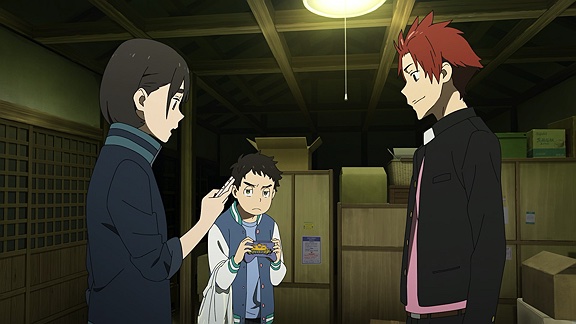
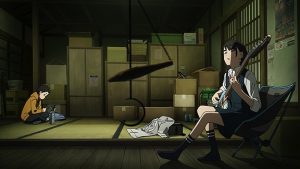
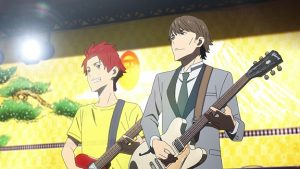
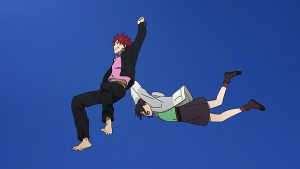
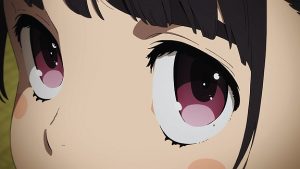
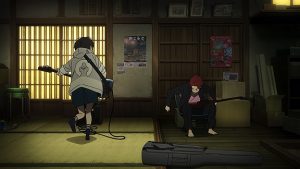

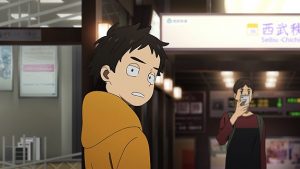


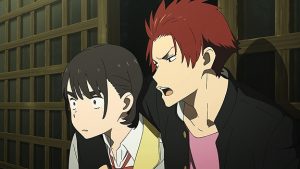
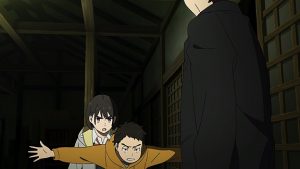

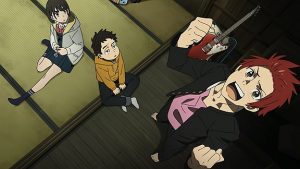
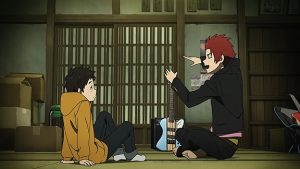
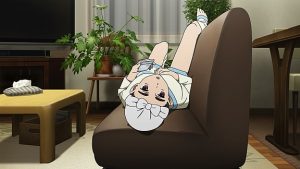

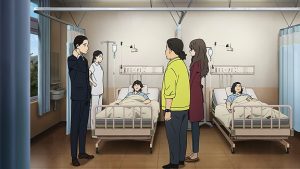

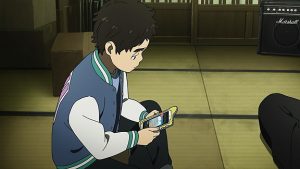
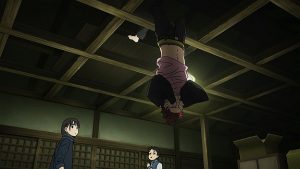




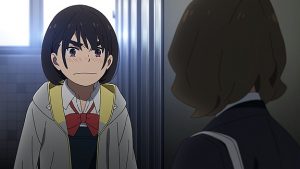

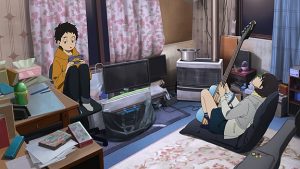

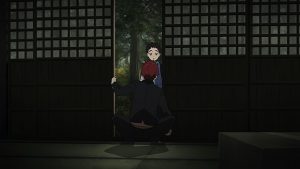
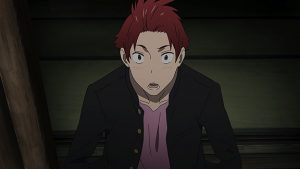
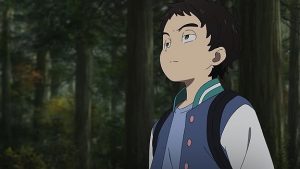

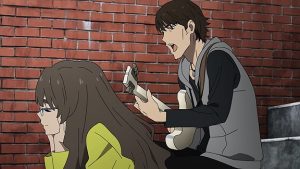
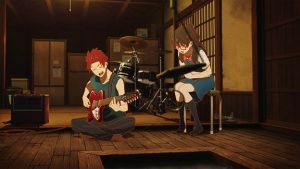

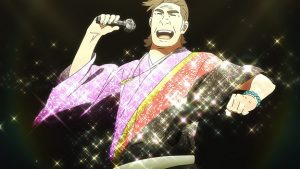


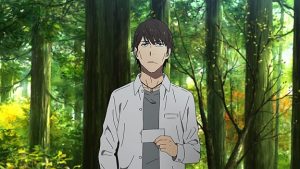
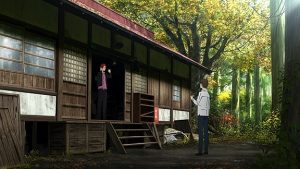
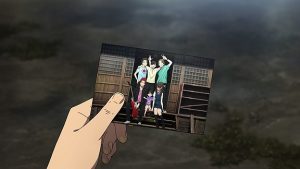
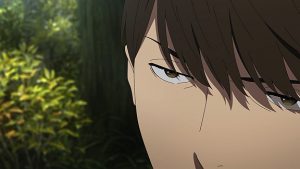

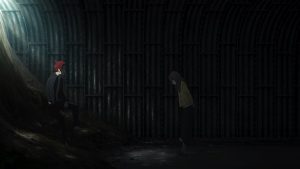
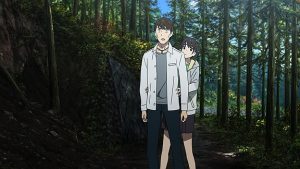
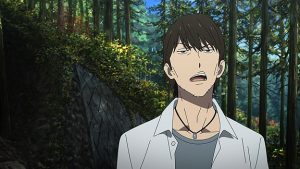
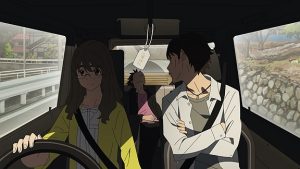


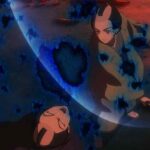
Raikou
July 5, 2020 at 10:51 amIMO it’s a fine anime, but I would rate it better than Nakitai.
Replicating Anohana quality seems like a high bar.
Okada’s track record have more bad anime (BRS, Nagiasu, Orphans, Hisone, Araburu otome, Kiznaiver) than the good ones so I’m not complaining about this, even if it lacks special feelings.
Guardian Enzo
July 5, 2020 at 11:04 amI don’t think Okada has another AnoHana in her. Very few writers have even one. A more realistic upside might have been Anthem of the Heart, but this fell well short of that for me. That movie just has far more heartfelt feeling to it for me.
If pressed, maybe I’d rank this a hair higher than Nakitai. I think the first half was better than the second.
An1meDweeb
July 5, 2020 at 8:09 pmJust curious, what did you mean when you mentioned that “Anthem” had connections with “Anohana”? I heard about Anthem & Anohana being set in the same setting and the Okada/Tatsuyuki pairing, but can’t recall any easter eggs sticking out. Also, I share your feelings on this film, it really was just “meh.”
Anthem is underrated IMO, and the opening sequence in the first 5 minutes equal-parts whimsical, hilarious and sad.
Keep up the great work!
Guardian Enzo
July 5, 2020 at 8:37 pmThe opening and end sequences of Anthem are the best parts.
There are two minor AnoHana characters (I forget which ones TBH) who make cameos in “Anthem”.